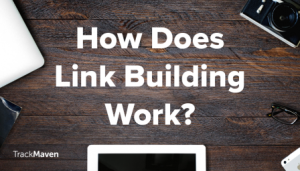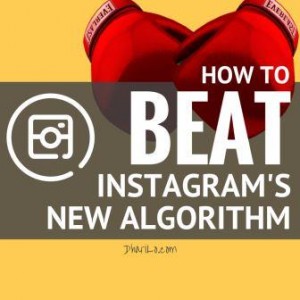Columnist Jordan Elkind discusses the early phase of lifecycle marketing and how you can build a program that will engage and convert potential customers.
 With the holidays in full swing, and shoppers searching for those last few hard-to-find gifts, brands are looking for a way to stand out to consumers. One great way is to cultivate the people who have already shown an interest in your brand, say, those who have signed up for your newsletter (We like to call them “members”).
With the holidays in full swing, and shoppers searching for those last few hard-to-find gifts, brands are looking for a way to stand out to consumers. One great way is to cultivate the people who have already shown an interest in your brand, say, those who have signed up for your newsletter (We like to call them “members”).
Marketing to these members, or “early lifecycle marketing,” can be a key step in the customer journey. While these shoppers have opted in to communications, they haven’t committed to buying anything yet. Your goal is to build awareness and promote discovery to ultimately drive them to make a first purchase.
Here are five steps you can take to build a program that will accelerate that process.
1. Set up a welcome series
When someone opts in to your email list, traditionally, you would send her a welcome email — or a series of emails over the course of the first few days or weeks following the registration. The idea is to maintain the top-of-mind status your brand currently has with the customer.
Setting up a basic series of emails to send out over a fixed period of time is a great first step to engaging your members.
2. Educate your members
New members who sign up for your emails may not be very familiar with the brand. The emails they receive should be different from the welcome series that a customer receives after her first purchase.
To maximize these communications, you’ll want to introduce the new member to your store — specifically, its benefits and unique features to promote repeat site visits, and ultimately, conversion and first purchase.
You can think of the beginning of this series as being somewhat educational — think subject lines like “See what’s new in our swimwear department” or “Explore recommended books for the season.”
3. Narrow content based on what you know
It can be difficult to make a member welcome series feel personal. Since they haven’t bought anything, you know very little about their preferences. One way to home in on a shopper’s preferences is to leverage their on-site behavior. Which products, categories and content have your members been spending the most time on since joining?
Another method would be to infer their preferences based on past members who look like your newly acquired ones. For example, members you acquired through a high-end accessories blog may tend to convert almost exclusively on your accessories, while a member acquired through a lifestyle blog might be more interested in your natural cosmetics line.
Using these types of insights, you can segment your members upfront and provide more relevant creative and messaging to each. If you’re pressed for creative resources, perhaps consider dynamic templates to feature products that will appeal to each type of member.
4. Spot the differences
While your members have some things in common (say, an interest in your brand), there will be many easy-to-spot differences as well. It’s key to understand the differences between audiences based on a variety of variables such as acquisition source, age, gender and geography.
Perhaps members acquired through one affiliate prefer dollar discounts, while those from another prefer percent discounts. Identifying differences in response rates by segment can help you figure out the best way to continue to talk to different groups of shoppers in the future.
5. Experiment with (smart) promotions
Promotions can be an excellent way to gently push a member to her first purchase. But with great power comes great responsibility. Companies that discount too often can erode the brand and train their customers not to buy full-price.
You’ll want to start small and work your way up. This is often referred to as escalating offers. For example, you may want to test a 5 percent discount for members who haven’t converted by the 30-day mark, a 10 percent rebate for members who haven’t converted by the 60-day mark, and 15 percent for those who haven’t converted after 90 days.
However, if you have good insight into your customer segments, you may find that some members are more likely to be valuable in the future than others. In that case, you may decide to offer promotions exclusively to those member segments.
Or perhaps you know certain segments tend to either convert within 30 days or never make a purchase. You may decide that those segments will receive an accelerated series or get a higher promotion earlier. By doling out promotions selectively, you may be able to prevent customers from naturally expecting discounts throughout their lifetime with the brand.
Final thoughts
So there you have it: Five steps to making SENSE of your early lifecycle marketing. While this process may seem strenuous, the payoff in increased conversion will be well worth it.
In tandem with these efforts, you should make sure that when a customer does make their first purchase, they’re greeted with a well-planned first-time buyer program, which you can read more about here in a previous column.
Some opinions expressed in this article may be those of a guest author and not necessarily Marketing Land. Staff authors are listed here.
Marketing Land – Internet Marketing News, Strategies & Tips
(118)






